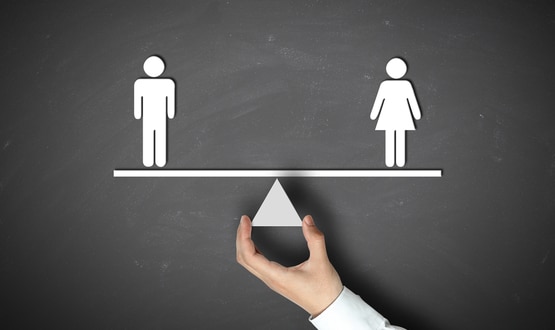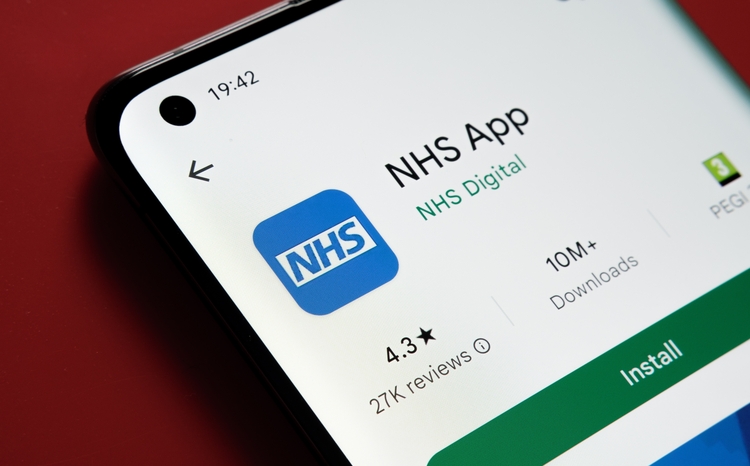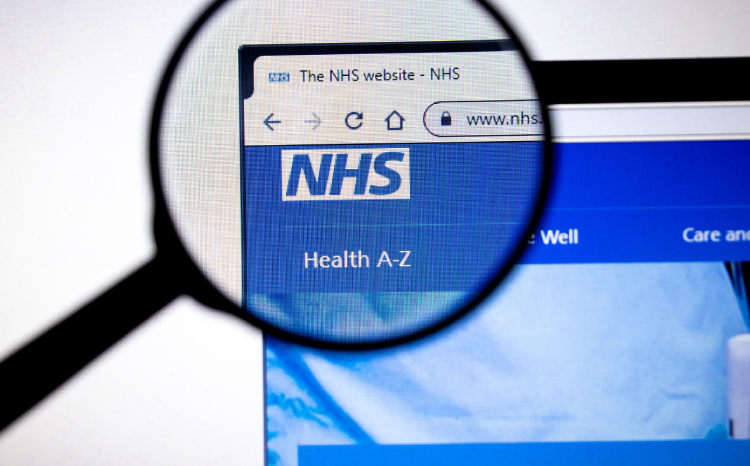NHS England has the worst gender pay gap of major NHS bodies
- 6 April 2018

NHS England has said it will work to “better understand” its gender pay gap after it was revealed the body has the largest difference between male and female pay when compared with two other main NHS bodies.
A document published on 28 March revealed NHS England, which has around 5,450 employees, has a median wage gap of 21.5% and a mean wage gap of 21.2%.
This means it is 3.1% above the national average for median and 3.8% above the national average for mean gender pay gap.
When compared to other NHS bodies, NHS England comes out as the worst.
The median gap of NHS Digital, was has a workforce of just under 2,950, is 14.1%, while the mean gap is 16.1%. NHS Improvement’s wage gap is 17.4% and 15% respectively.
The mean gap is calculated by adding all the salaries of an employer by gender and then dividing that sum by the number of salaries.
The median is the middle figure found in the set of salaries.
In response, NHS England said: “We will use data to explore progression rates, better understand the drivers of the pay gap, and to develop our pay strategy using analysis of new starter data to ensure salary decisions on appointment, meet our equality and diversity standards.
“We will review how we attract more women into roles such as national clinical directors which are currently mostly male.”
It also said it will look at flexible working as well as coaching and mentoring.
NHS Improvement, which employs just under 1,200 people, said it is “committed to addressing the gender pay gap and are undertaking a range of actions to reduce this”.
It said it will ensure gender equality is an “integral part” of the body’s strategy and that its executive has a gender balance.
Other actions include “setting up an inclusion partnership that focuses on how NHS Improvement will build and improve its inclusion programme” and “doing more analysis on the gender pay gap results” so the organisation can pinpoint exactly where improvements can be made.
At an NHS Digital board meeting in February, CEO Sarah Wilkinson was asked to present a paper on the gender pay gap issue.
The in-depth report concluded that NHS Digital needs to “attract more women to roles and career paths that currently show a gender imbalance”, which it believes is in “primarily technical roles”.
Other action plans included nurturing future talent, attracting and retaining the best female talent, supporting working families, supporting flexible working and promoting inclusion.
The figures were published after it became mandatory for all organisations within the United Kingdom with more than 250 employees to report annually on their gender pay gap in April 2017.
Last month as part of International Women’s Day, Eve Roodhouse, director of implementation at NHS Digital, offered her own insights on how the gender pay gap in the health technology sector could be closed.
Poll: Is the NHS doing enough to tackle the gender pay gap?
Digital Health News wants to find out whether our readers feel as if the NHS is doing enough to tackle the gender pay gap. Vote in our poll below.





6 Comments
I would be very interested to learn what the pay gap is for contractors? Employee figures wont include contractors
Personally I have experienced a large pay gap with male counterparts for many years and would be really interested if these were disclosed
It is a very good exercise uncovering an important issue. But, you have to use caution when reading the results. This is an issue with a lot of nuance. As Tor says above, maybe the manager happens to be male. It could have been skewed the complete opposite with a female boss being paid far more than her team. It could also be that women in that organisation are over-looked for promotion, either because of gender-bias, or a lack of coaching of those female employees to help them look for and apply for leadership positions. It could also be, those individuals aren’t interested in leadership positions. See, it’s a complex issue… but one we need to understand and take action on where possible.
Yes it is. A very quick look (from GMP data) shows more female doctors at age ranges 20-39, roughly equal at middle aged but far less at 60-69.
Figures for male doctors is roughly constant of the last 5 years, however we have increasing numbers of female doctors in 50-59 age range.
So my partners (NHSE) office is 90%+ female with a male boss.
Could someone please explain to me why this isn’t caused by gender bias in a number of roles (nursing, clerical, admin, etc). I don’t believe the NHS is sexist or paying women less than men?
equalITy with HoNeSty, some people build people, others build engines, both types of building are as important as each other
Why am I not surprised?
Comments are closed.